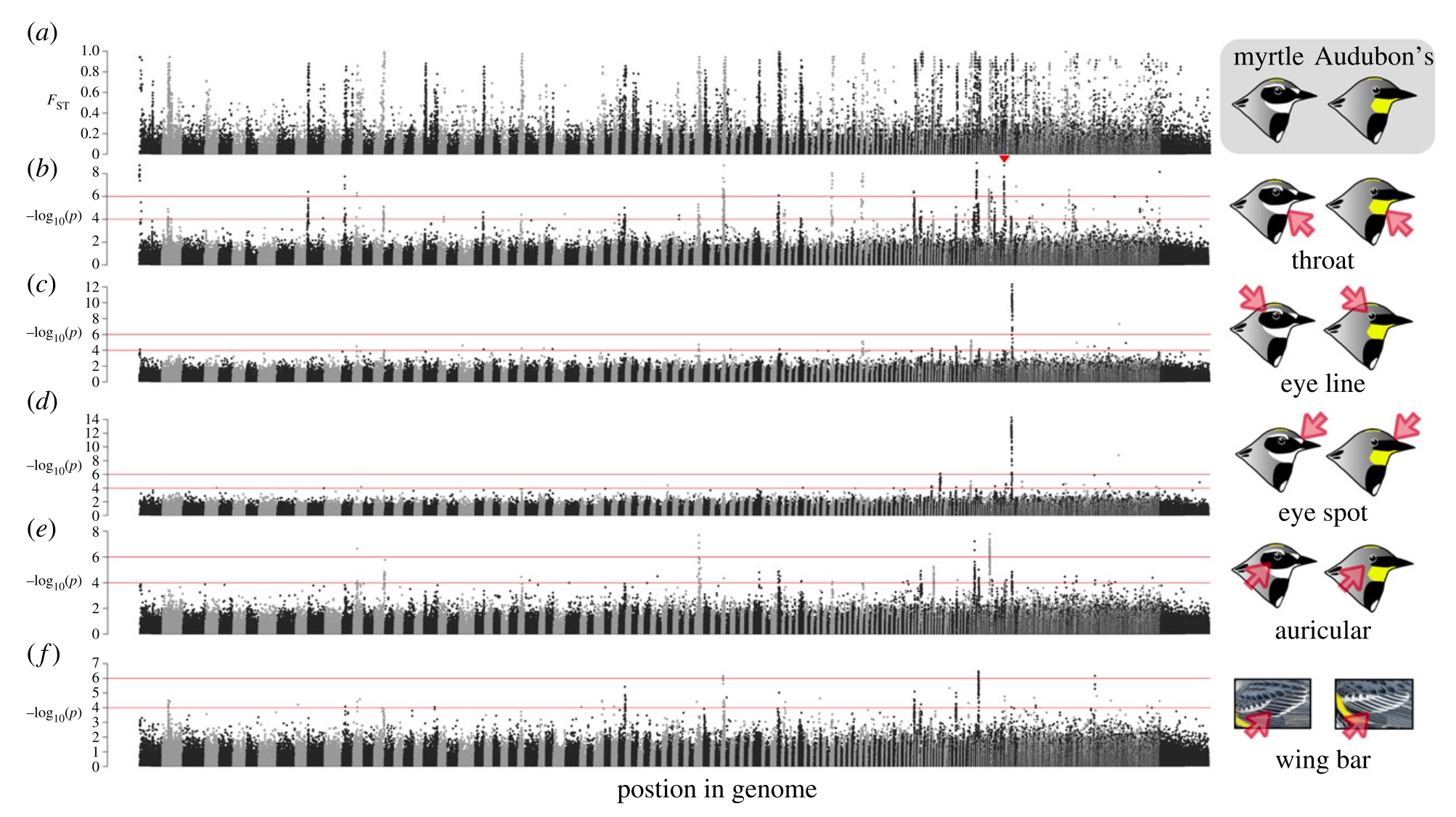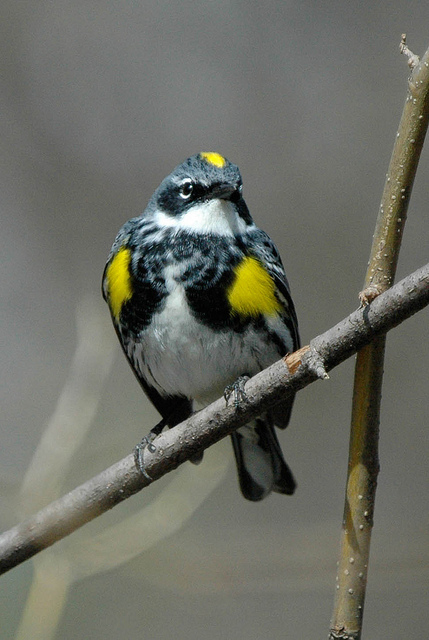Congrats to coauthors Christine Grossen, Sampath Seneviratne, and Daniel Croll on our publication about genomic variation in three species of sapsuckers and two hybrid zones.
The paper:  Grossen, C., S.S. Seneviratne, D. Croll, and D.E. Irwin. 2016. Strong reproductive isolation and narrow genomic tracts of differentiation among three woodpecker species in secondary contact. Molecular Ecology, online Early View: doi:10.1111/mec.13751 Link
The Abstract:  Hybrid zones allow the measurement of gene flow across the genome, producing insight into the genomic architecture of speciation. Such analysis is particularly powerful when applied to multiple pairs of hybridizing species, as patterns of genomic differentiation can then be related to age of the hybridizing species, providing a view into the build-up of differentiation over time. We examined 33 809 single nucleotide polymorphisms (SNPs) in three hybridizing woodpecker species: Red-breasted, Red-naped and Yellow-bellied sapsuckers (Sphyrapicus ruber, Sphyrapicus nuchalis and Sphyrapicus varius), two of which (ruber and nuchalis) are much more closely related than each is to the third (varius). To identify positions of SNPs on chromosomes, we developed a localization method based on comparative genomics. We found narrow clines, bimodal distributions of hybrid indices and genomic regions with decreased rates of introgression. These results suggest moderately strong reproductive isolation among species and selection against specific hybrid genotypes. We found 19 small regions of strong differentiation between species, partly shared among species pairs, but no large regions of differentiation. An association analysis revealed a single strong-effect candidate locus associated with plumage, possibly explaining mismatch among the three species in genomic relatedness and plumage similarity. Our comparative analysis of species pairs of different age and their hybrid zones showed that moderately strong reproductive isolation can occur with little genomic differentiation, but that reproductive isolation is incomplete even with much greater genomic differentiation, implying there are long periods of time when hybridization is possible if diverging populations are in geographic contact.


